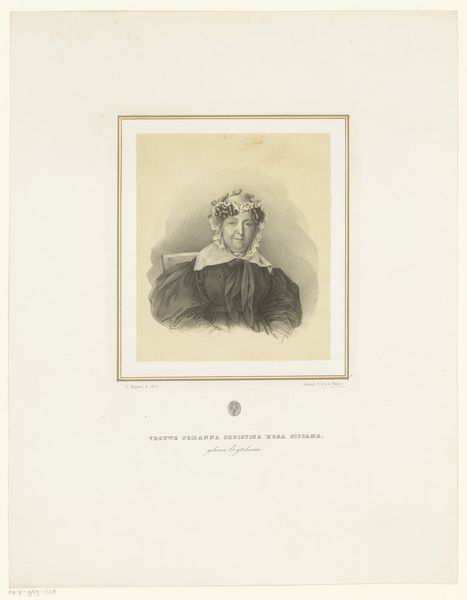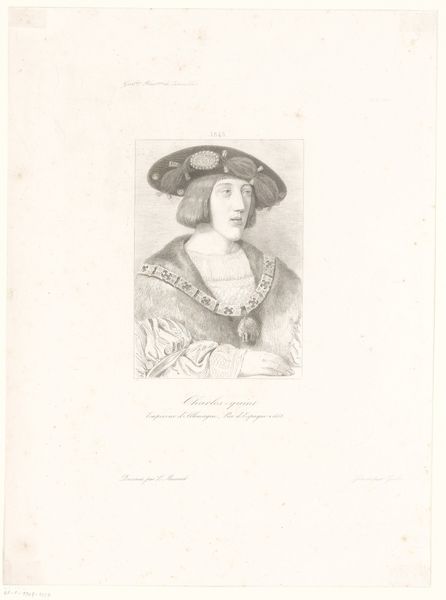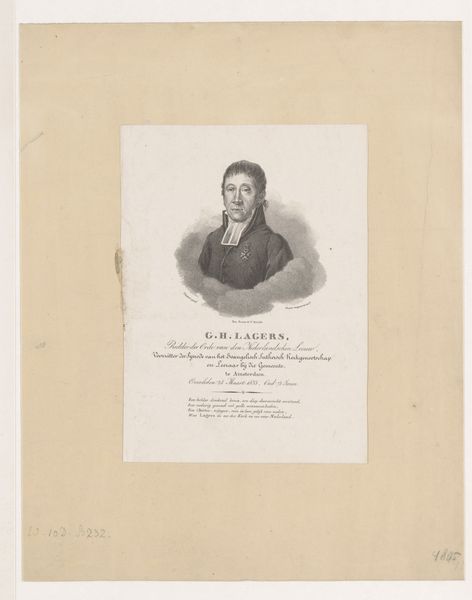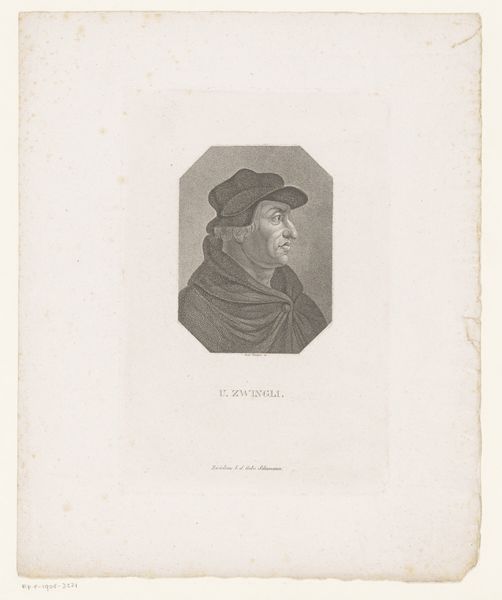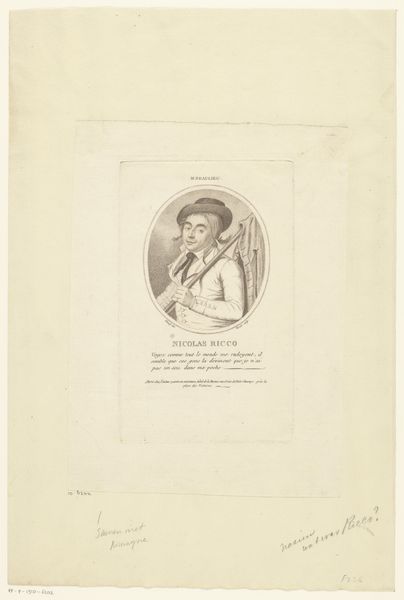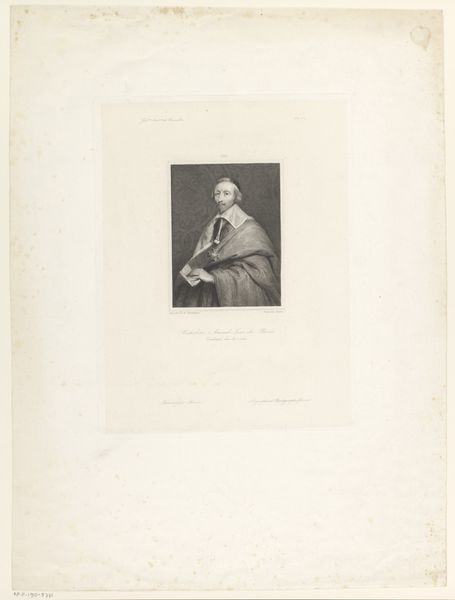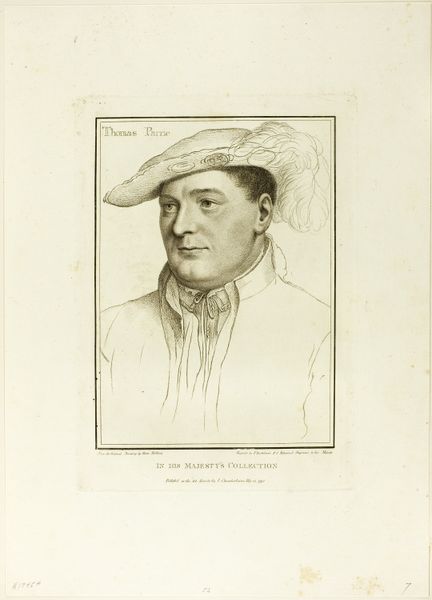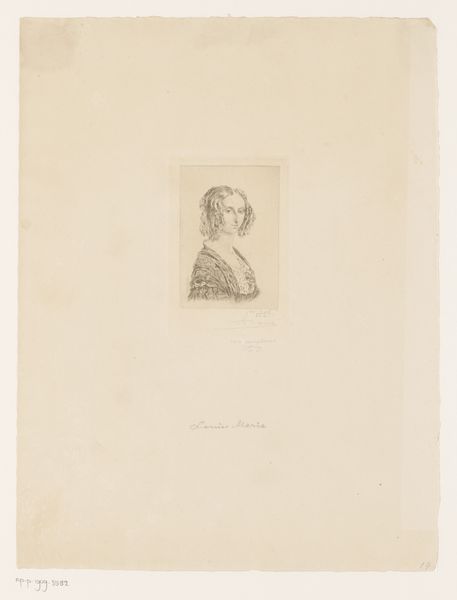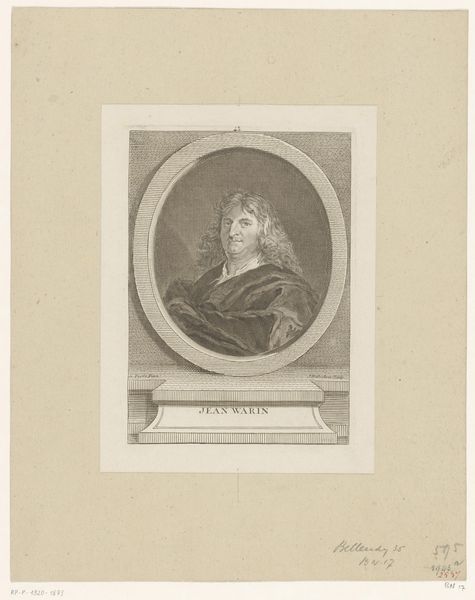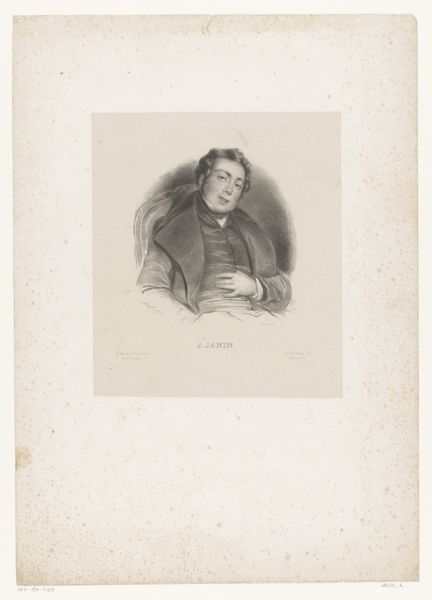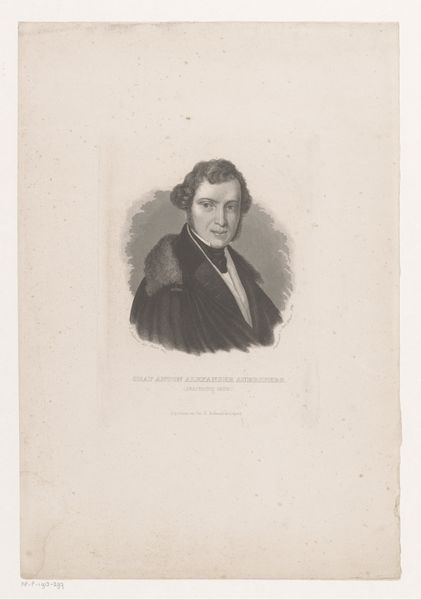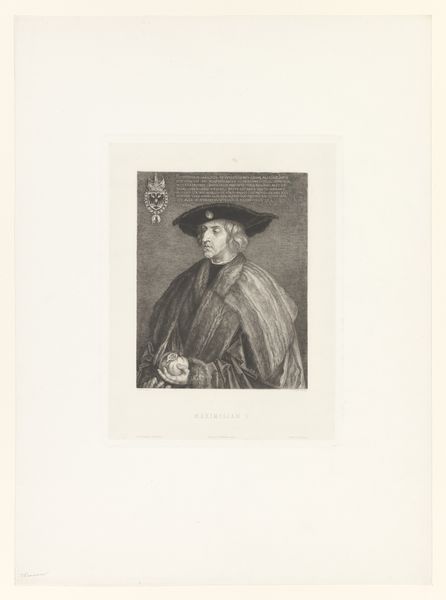
drawing, pencil
#
portrait
#
drawing
#
neoclacissism
#
pencil
#
realism
Dimensions: height 218 mm, width 147 mm
Copyright: Rijks Museum: Open Domain
Curator: This drawing, held here at the Rijksmuseum, presents a portrait of Henricus Cornelius Agrippa von Nettesheim, dating from between 1795 and 1839. It’s quite a compelling image, isn't it? Editor: It has an air of scholarly intensity, wouldn’t you agree? The clean lines, almost neoclassical in their precision, give it a reserved quality, but that profile… there’s a certain sternness. Curator: Yes, the piece evokes a very particular kind of intellectual authority. Agrippa von Nettesheim was, of course, a controversial figure in his time—a Renaissance polymath often associated with occult philosophies and unorthodox views. This portrait, by situating him within a visually sober, almost scientific style, invites questions. Is it attempting to legitimize him within the evolving social and intellectual milieu? Editor: Intriguing thought. Looking at the execution, one can certainly admire the cross-hatching and stippling. Notice the details in the folds of his robe, and then the texture implied in his cap. For a pencil drawing, it has a remarkable sense of volume and tonal variation. It seems almost photographic, doesn’t it? It would be fascinating to determine what artistic sources served as inspiration for its maker. Curator: Precisely. Realism certainly took hold, with many portraits crafted using precisely observed likenesses. I think what’s especially important here, though, is to consider how this portrait may have functioned. It's less about faithful reproduction and more about constructing an image appropriate for its intended audience and time. There’s a conscious effort to present Agrippa as a man of learning. Editor: It makes me consider who would have wanted a portrait of Agrippa von Nettesheim at this particular time, some centuries after his death. Perhaps the rise of new intellectual trends saw his reputation rise once more? Curator: A worthwhile speculation! Ultimately, whether seen through a formal lens appreciating its technical artistry, or understood within its historical moment, this portrait of Agrippa provides rich insights. Editor: A compelling work. One departs with new found appreciation.
Comments
No comments
Be the first to comment and join the conversation on the ultimate creative platform.
